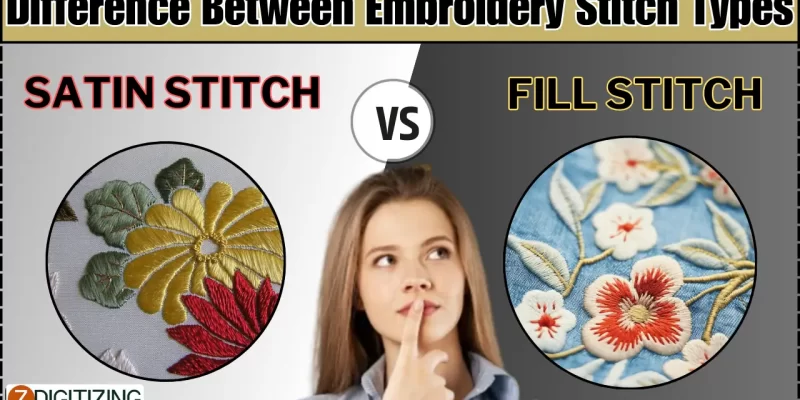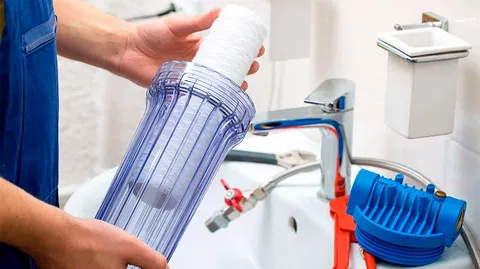
Embroidery, a timeless craft, has evolved from hand to machine, where stitches like Satin and Fill play pivotal roles. Understanding their differences not only enhances one’s embroidering skills but also optimizes the selection of techniques for various designs. This article delves into these stitches, emphasizing their uses, technical distinctions, and the significance of tools like embroidery file format converters and digitizing services in modern machine embroidery.
Satin Stitch: Definition and Applications
The Satin stitch, known for its silky, smooth finish, is a fundamental embroidery stitch where threads are tightly stitched together to cover a section completely, giving it a glossy appearance. This stitch is ideal for small areas where emphasis and texture are required, such as monograms and motifs.
Fill Stitch: Definition and Applications
Contrastingly, the Fill stitch is used to cover large areas within a design. It involves a series of running stitches sewn closely together to fill shapes. It’s particularly useful for adding depth and texture to larger designs.
Technical Aspects of Satin and Fill Stitches
When comparing Satin and Fill stitches, one must consider factors like stitch density and direction, which greatly influence the final appearance of the embroidery.
Stitch Density and Direction
The density of the stitch impacts both the stitch’s durability and its visual quality. Satin stitches are denser, making them more suitable for wear and tear areas, whereas Fill stitches can vary in density depending on the design requirement.
Layering and Texture
Layering plays a critical role in how stitches are perceived. Satin stitches provide a smooth layer suitable for highlights and lowlights, while Fill stitches can build up texture and volume in a design.
Practical Uses of Each Stitch
Each stitch finds its stronghold in different applications based on its characteristics.
Satin Stitch Uses
Satin stitches work best for small, detailed work where elegance and prominence are desired. They are often used in logos and intricate art.
Fill Stitch Uses
Fill stitches, being more robust, are used to fill larger areas and are preferred in blankets, larger garments, and other substantial textile projects.
Choosing the Right Stitch for Your Project
Selecting between Satin and Fill stitch depends on the project’s size, the detail of the design, and the desired visual effect.
Essential Tools for Satin and Fill Stitches
Embroidery Machines
Certain machines are better suited for detailed Satin stitches, while others might handle Fill stitches more efficiently.
Threads and Fabrics
Choosing the right thread and fabric is essential, as some materials handle dense stitches like Satin better than others, which could distort under too much thread tension.
Software and Digitization in Embroidery
Software plays a crucial role in modern embroidery, particularly in how stitches are applied to fabric.
Embroidery File Format Converter
These tools are indispensable for transferring designs into stitch files that embroidery machines can read, ensuring design integrity across various machine types.
Digitizing Services
Sometimes, the complexity of a design or the requirement for precision necessitates professional , especially when dealing with intricate mixes of Satin and Fill stitches.
Conclusion
Understanding the difference between Satin and Fill stitches in machine embroidery enriches one’s crafting repertoire, ensuring each project is not only beautiful but optimally executed. Whether you choose the shimmering precision of Satin or the textured robustness of Fill, each stitch offers unique benefits suited to different designs and purposes.
FAQs
1. What is the best fabric for Satin stitches?
Satin stitches look best on smooth, stable fabrics such as silk, satin, or tightly woven cotton. These fabrics support the dense stitching without puckering. Using a stabilizer underneath is also recommended to ensure the fabric remains flat and the stitches maintain their pristine appearance.
2. How do I prevent puckering when using Fill stitches?
To prevent puckering with Fill stitches, it’s crucial to choose an appropriate stabilizer. A medium to heavy-weight cutaway stabilizer works best, especially for stretchy fabrics. Ensure the fabric is hooped tightly, and consider adjusting the tension on your machine to accommodate the thickness of the fabric and stabilizer.
3. Can embroidery file format converters handle designs for both Satin and Fill stitches?
Yes, embroidery file format converter are designed to handle a variety of stitch types, including both Satin and Fill stitches. These tools convert artwork into a digitized format that the embroidery machine can interpret, ensuring that each type of stitch is applied correctly according to the design specifications.
4. When should I consider hiring digitizing services for my embroidery project?
Consider hiring professional digitizing services when your project involves complex designs with detailed elements that require precise stitch placement. This is particularly important for commercial projects or when combining multiple stitch types, such as Satin and Fill, to achieve high-quality results. Professionals can also offer advice on the best stitch types and methods for your specific project.
5. Which embroidery machine is best for beginners interested in both types of stitches?
For beginners, it’s ideal to start with an embroidery machine that is user-friendly and versatile. Look for machines that offer automatic settings for different stitch types, including adjustable stitch lengths and densities for Satin and Fill stitches. Brands like Brother, Janome, and Singer offer models that are well-suited for beginners and provide extensive support and tutorials.











